Affiliate links on Android Authority may earn us a commission. Learn more.
The best Android retro gaming handhelds you can buy
Published onJanuary 28, 2025
Gaming handhelds have been around for decades now, but with the Steam Deck breaking the market open a few years ago, it feels like we’re having a renaissance of emulation-focused handhelds. And while expensive handheld gaming PCs like the Asus ROG Ally and Lenovo Legion Go often get the lion’s share of the attention, Android-based gaming handhelds are absolutely perfect for retro gaming. Here are a few key advantages:
- Access to Android apps and games (including retro game ports and Android emulators).
- Improved portability over more powerful handhelds.
- Better battery life and connectivity options.
- More touch-friendly than Windows-based handhelds.
- Much cheaper than gaming phones.
Of course, you’ll also want to weigh up the advantages of software emulation vs FPGA, or hardware-related emulation. With all that in mind, we’ve selected the best Android retro gaming handhelds to help you hop back in time and get your nostalgia gaming fix.
The best Android retro gaming handhelds
AYN Odin 2 Pro
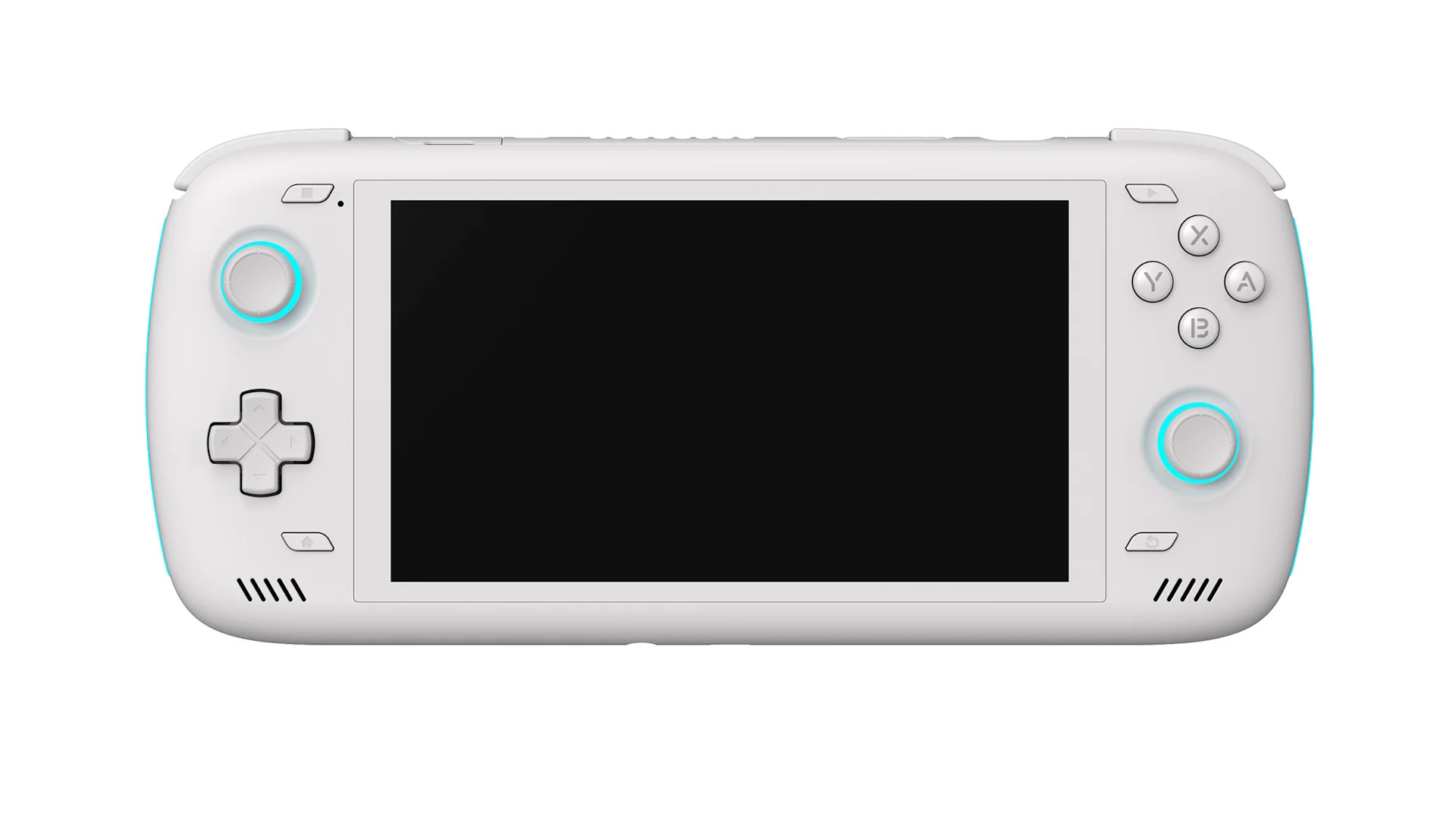
AYN is a relative newcomer to the gaming handheld scene, but its Odin 2 Pro device is our pick for the best Android retro gaming handheld for most people. It’s got the right mix of ergonomics, raw power, and accessible pricing to make it an easy recommendation. Note that there is a non-Pro Base version of the Odin 2, but we think it’s worth spending a bit more for the extra RAM and storage.
Measuring roughly the same size and shape as the Nintendo Switch Lite, the AYN Odin Pro is the perfect size for portable gaming. It features curved handles on the back, making it more comfortable to hold than the Switch Lite for long gaming sessions, plus a bright 6-inch 1080P LCD screen to make classic games pop.
The D-Pad and face buttons offer great tactile feedback, and the triggers have a more modern design with no click. There are customizable backplate buttons on the handles, as well. It runs Android 13, so you can be sure that it can run the latest emulators. Being an Android-based retro gaming handheld, there is a lot of room to tweak features, but it comes with the added ability to swap between performance profiles to eke more game time out of the massive 8,000mAh battery.
On the inside, the AYN Odin 2 Pro is powered by the Snapdragon 8 Gen 2 SoC and 12GM of RAM, which is borderline overkill for playing retro games. For reference, you should be able to run PS2 and Gamecube emulators at a fantastic framerate without tinkering, right out of the box. Even Nintendo Switch emulators aren’t out of the question on this machine, and the 256GB of internal storage is large enough for even recent consoles.
The AYN Odin 2 Pro is currently on sale at $369, with a more powerful Max version costing $459. This bumps things up to 16GB of RAM and 512GB of storage, but honestly, it’s a worse value overall. Gaming performance won’t be nearly $100 better, so I’d recommend sticking with the Pro model. If you want to save more, the last generation AYN Odin Pro is on sale for just $199, and despite the dated Snapdragon 845 processor, it’s more than capable of PS2 and Gamecube-era emulation. If you want a larger screen, I’d get the Odin 2 Pro Portal, which has the same great performance on a much larger 7-inch OLED panel.
Retroid Pocket 5
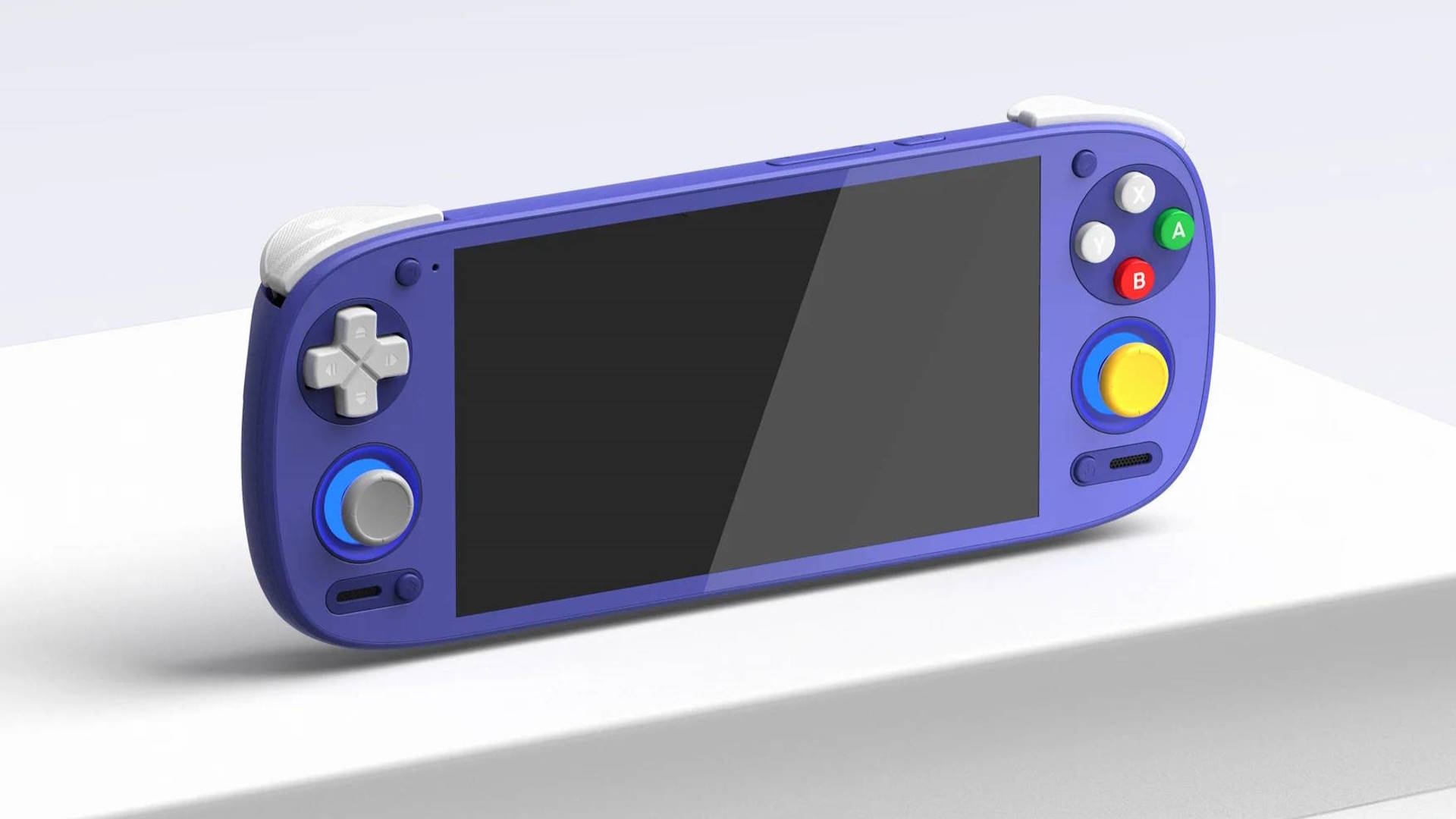
If you want something more affordable, the Retroid Pocket 5 is a fantastic alternative. It’s cheaper than even a basic cheap Android phone, but it’s capable of emulating games up to the PS2 and Gamecube era with a powerful Snapdragon 865 processor.
The biggest upgrade from the Retroid Pocket 4 Pro is the larger, 5.5-inch AMOLED panel. Most of those gains are a result of reduced bezels, so the overall size of the device is still very pocketable.
It has excellent 3D hall sticks and clicky buttons, with the ability to swap the button placement to better suit the types of games you like to play. For example, swapping the A and B buttons to match Nintendo’s (incorrectly) placed buttons.
The company also makes a slightly smaller handheld called the Retroid Pocket MINI, which has the same chipset with a smaller, 3.7-inch AMOLED panel. That’s a great size for retro games, but it could be a little restrictive for more recent games from the PS2 era. If you just want to play older games, there are cheaper Android gaming handhelds that will get the job done further down in the list.
Logitech G Cloud
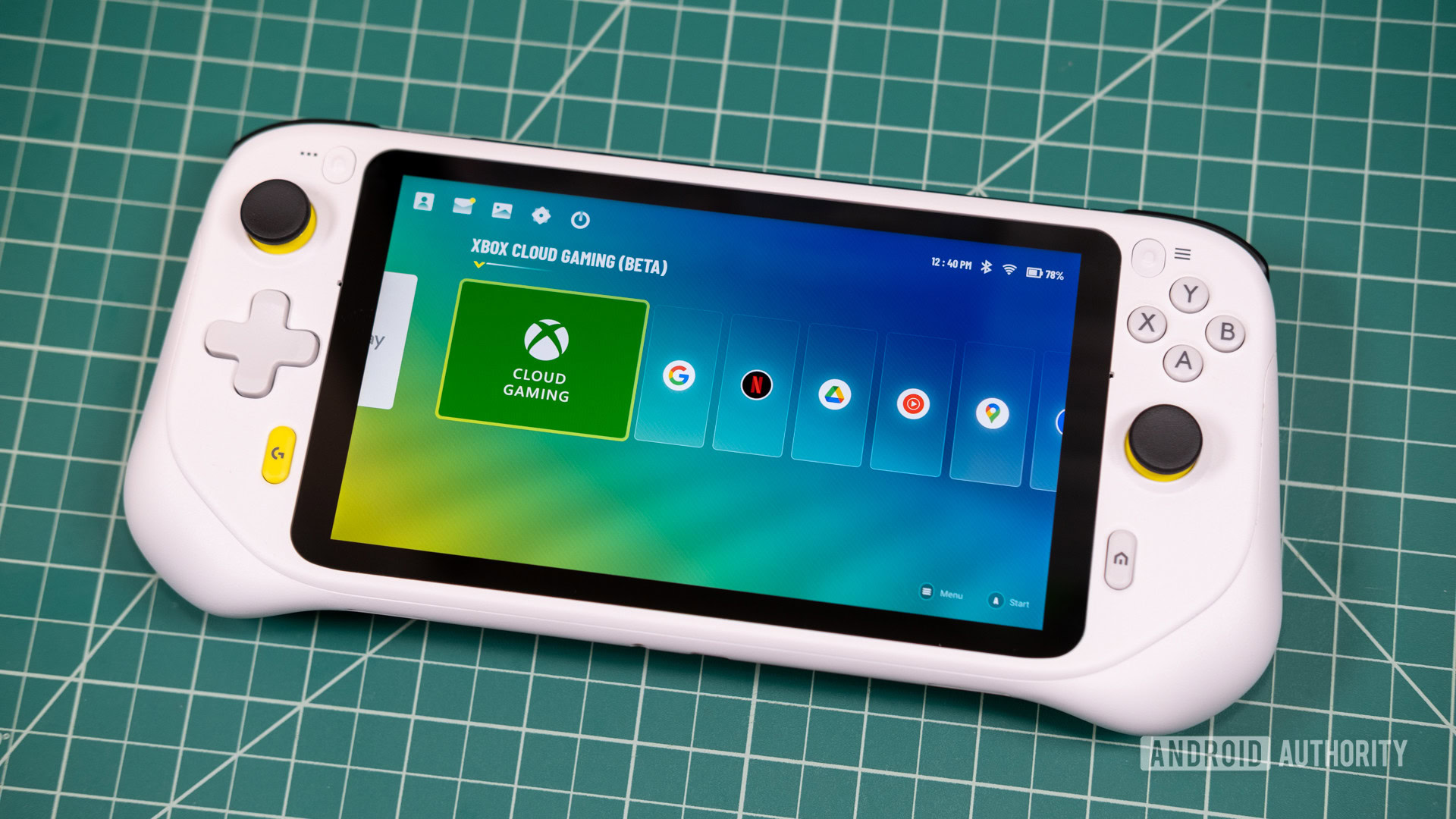
The Logitech G Cloud wasn’t designed to be a retro Android gaming machine, but it’s probably what it’s best at. The cloud-first device was made for streaming services like GeForce Now, Xbox Cloud Gaming, or the now-defunct Google Stadia, but in our review we found the lack of WiFi 6 and poor cloud performance to be dealbreakers on that front. The software was also more of a burden than a helpful feature, and we found it less useful than the stock Android 11 it’s plastered over.
However, it’s still a very well-made device, with a 1080p display that’s plenty sharp and bright for retro gaming. The face and shoulder buttons are also great, and the overall build quality is a step above the more budget-friendly devices listed above.
The Logitech G Cloud sports a Snapdragon 720G, a mid-range gaming-focused SoC that mostly hits the nail on the head. It ran everything up to and sometimes including the PS2 and Gamecube era, although it really shines with PSP emulators and older. The more efficient processor also enables excellent battery life, from 10 to 12 hours in our review.
Unfortunately, Logitech priced this at $350, which is significantly more than most Android retro gaming handhelds. If you can find it on sale, it’s a solid premium pick, but at full price, it’s not the best value.
Razer Edge
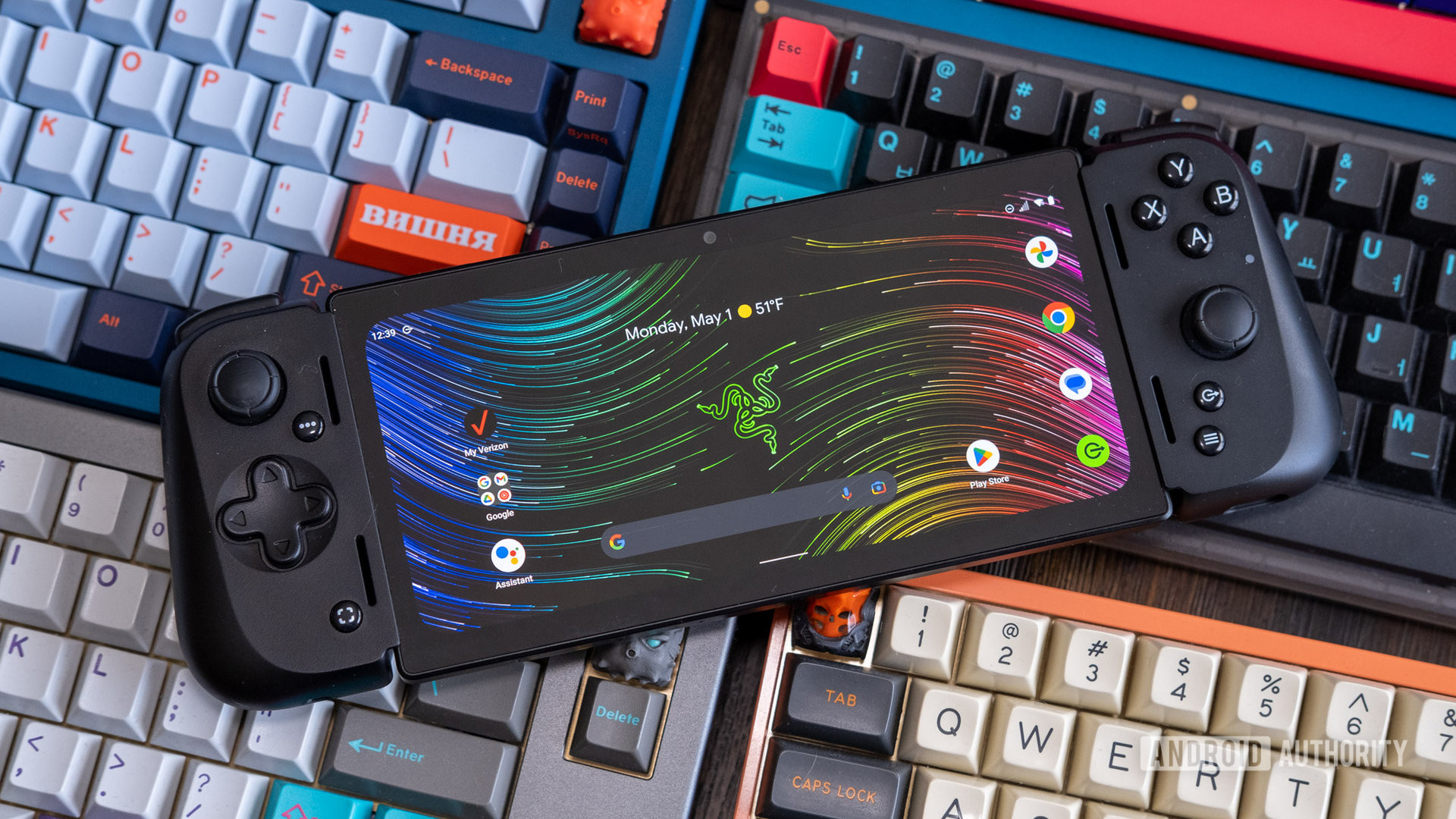
The Razer Edge is yet another premium device, and it features a unique design that’s more like an Android tablet with an attachable controller than a standalone gaming handheld. In fact, the controller is available separately as the Razer Kishi V2, and you can attach it to pretty much any smartphone for a similar experience.
But back to the Edge. It sports a large 6.8-inch OLED screen, putting it in the same size category as the largest Android phones, even without the controllers attached. On the inside, it’s powered by a Snapdragon G3X Gen 1 SoC. This isn’t the latest mobile processor, but combined with the enhanced cooling features on the Edge, it will outperform most flagship phones when it comes to sustained gaming. However, we did notice that those fans do get a bit loud.
Unlike the Logitech G Cloud above, the Razer Edge features a fairly stock Android 12 experience. The pre-loaded Nexus app was more trouble than it was worth in our experience, but with full access to the Google Play Store, you can download as many emulators as you could possibly need.
There are two models of the Razer Edge, one with 5G and one without. The former will run you $600, while the latter is $400. To use as a retro gaming device, the non-5G model will be more than enough, but again, I’d only recommend snagging it on sale, and there are often great deals to be found on this device.
Anbernic RG353P
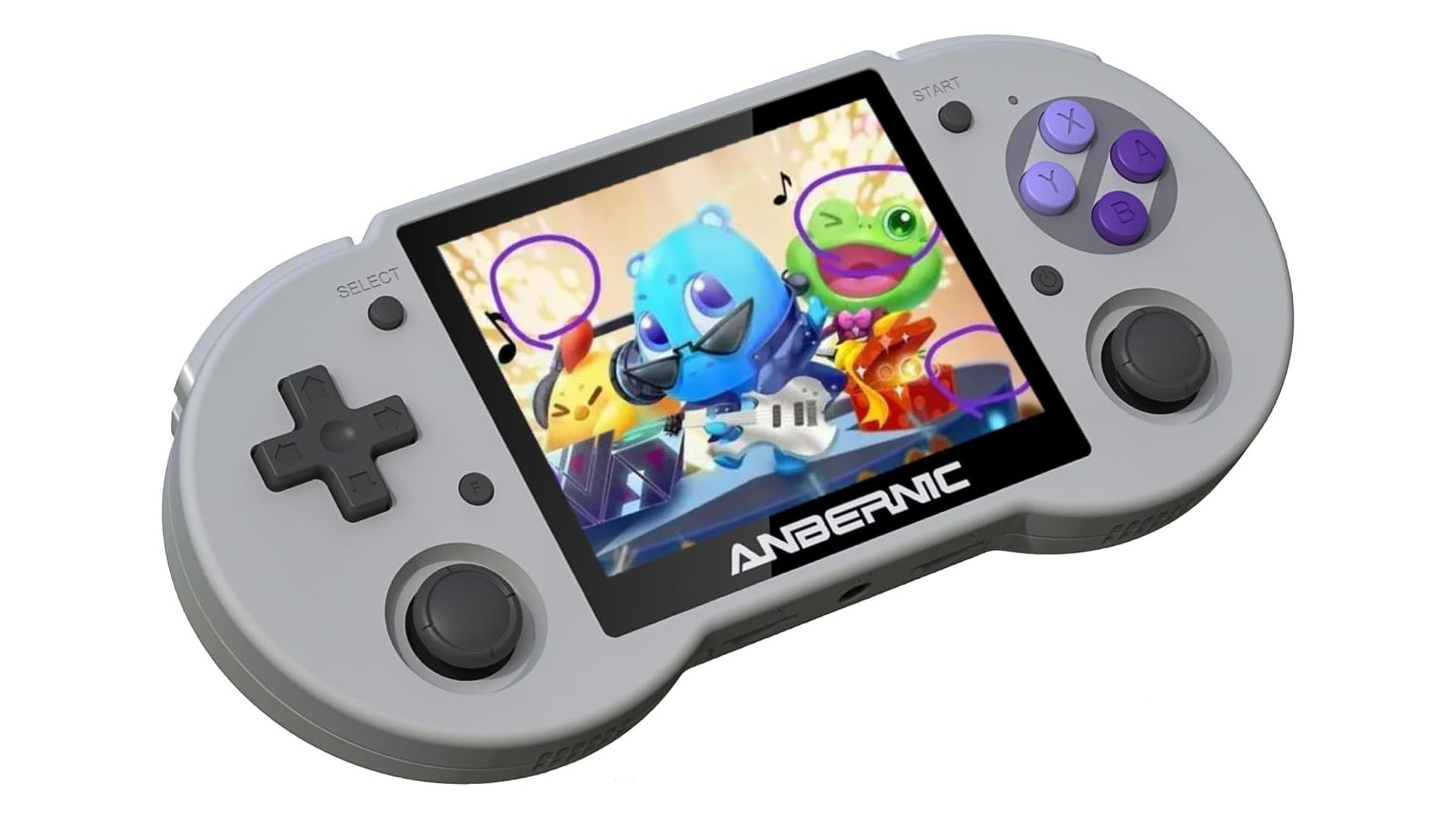
Getting back into affordable territory, the Anbernic RG353P is great for true retro gaming. It won’t play anything from the PS2 era or newer, but it can still play most Dreamcast games reasonably well with its RK3566 Quad-Core SoC.
It’s clear from the get-go that the RG353P is a budget device, with a much smaller 3.5-inch IPS display. It still has a touch display, though, and the device comes with the ability to boot in either Linux or Android 11. It’s probably more comfortable to use in Linux, and it comes with emulators pre-installed, but it’s nice to have the option to switch to Android if you want to.
For anyone looking to play older retro games, the Anbernic RG353P is a great pick that won’t break the bank. For roughly $100, you can enjoy games from the NES, SNES, N64, or even PSP eras for upwards of five hours on a single charge.
AYANEO Pocket Evo
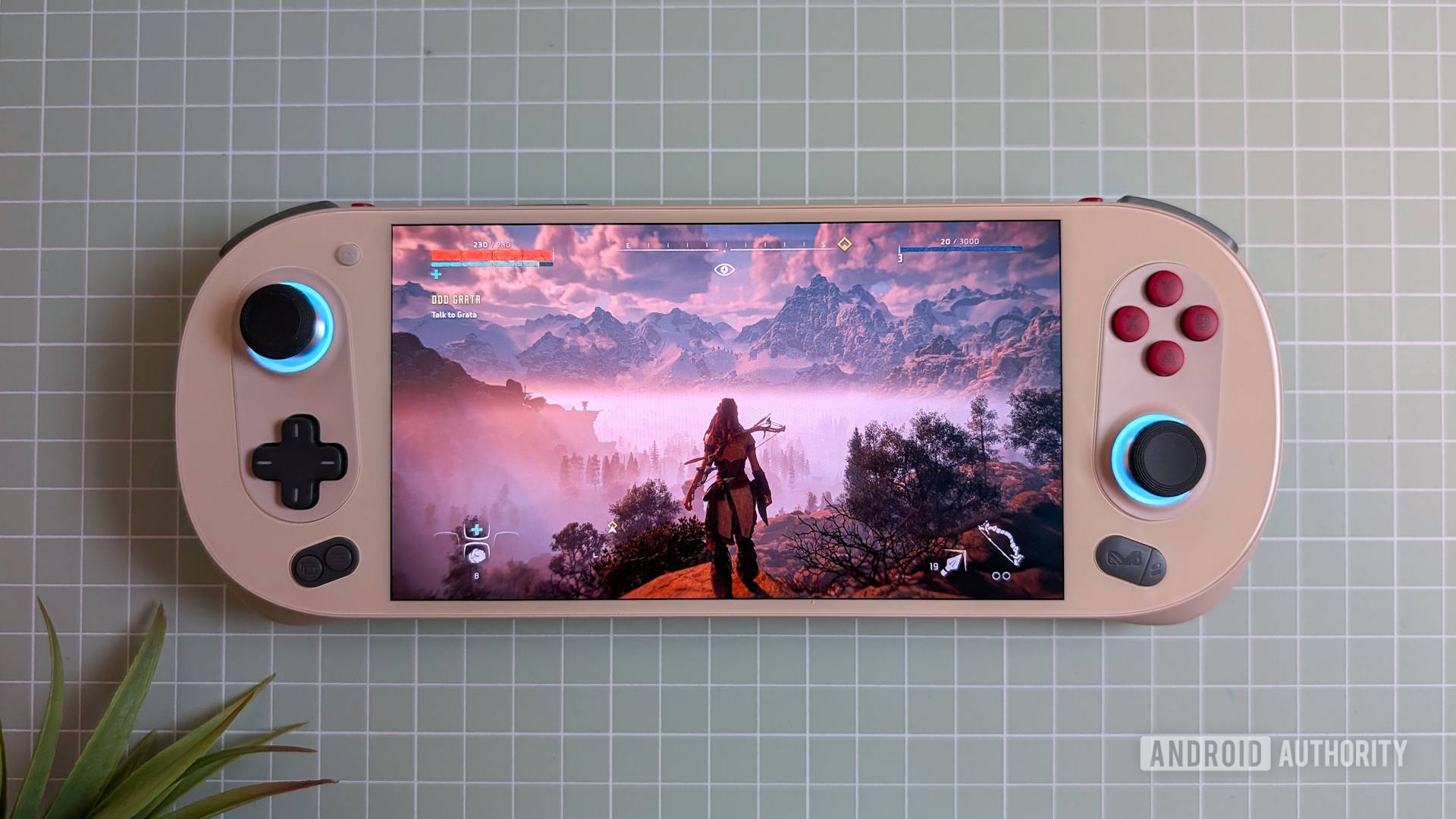
Our last pick for the best Android retro gaming handheld is one of the most powerful but also the most expensive. The AYANEO Pocket Evo is right there at the top of premium retro gaming handhelds, but it has a lot going for it.
The Snapdragon GX3 Gen2 chipset was specifically designed for gaming handhelds, with performance that can’t be matched by any other device. Or at least, that’s the theory. I’ve found that the biggest weakness of this chipset is a lack of support. AYANEO is one of the only companies using it, so many demanding Android games don’t take full advantage of all that power.
The 7-inch OLED screen is a true thing of beauty. It’s very similar to the Odin2 Portal, but it tops off at 165hz rather than 120hz. I didn’t notice a difference, and you probably won’t either, but suffice it to say that it’s the most beautiful screen I’ve ever used on a handheld device.
While this is a great Android device for retro gaming, I actually think it’s overkill. Unless you plan on doing Switch or Windows emulation, you won’t need this premium of a device. That said, the screen is wonderful for game streaming, and the build, sticks, and buttons are superb.
Now for the bad news, and that’s price. This is one of the most expensive handhelds on the market. It’s also huge, so despite the name, don’t expect to slip it into your jeans pockets.